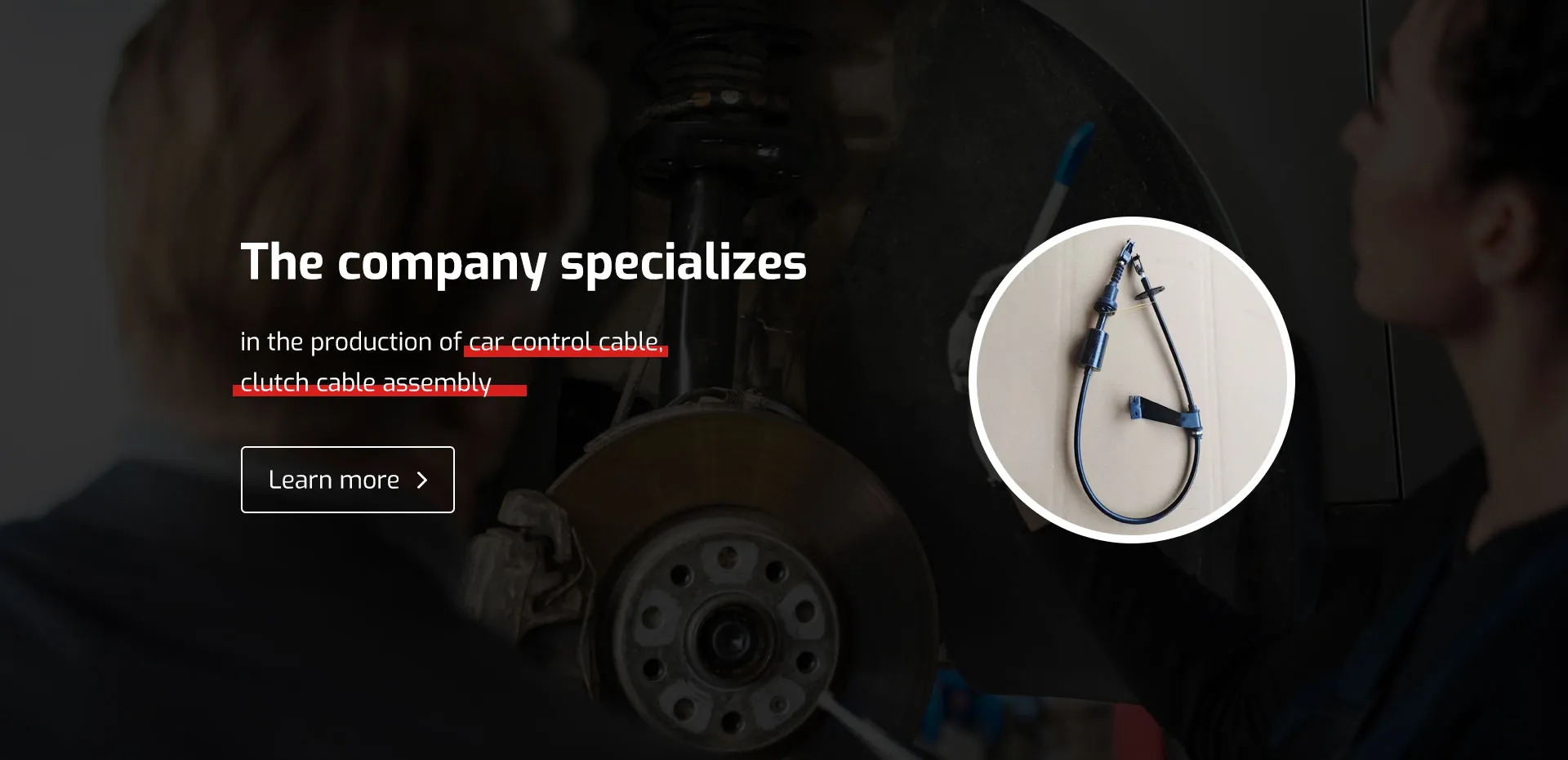line shaft clutch
The Line Shaft Clutch An Essential Component in Mechanical Engineering
The line shaft clutch, an unsung hero of mechanical engineering, plays a pivotal role in various industrial applications. This remarkable device is designed to manage the transmission of power within systems that utilize a line shaft, allowing for seamless engagement and disengagement of machinery components. As industries progress towards increasing efficiency and flexibility, the importance of line shaft clutches becomes even more pronounced.
Historical Context
To truly appreciate the line shaft clutch, it's crucial to understand its historical background. The concept of line shafts dates back to the early days of industrialization in the 18th and 19th centuries. Factories housed massive belts and pulleys, which distributed mechanical power to individual machines. However, these systems often faced challenges, such as the inability to control individual machine operation effectively. This is where the line shaft clutch emerged as a solution.
How It Works
The line shaft clutch operates on a straightforward principle it allows for the transfer of rotational motion from the line shaft to various machinery components while providing the ability to disengage those components when necessary. The clutch typically consists of a rotating drum connected to the line shaft, with friction materials that engage and disengage as needed. When the clutch is engaged, the friction discs tighten, allowing power to flow to the connected equipment. When disengaged, the discs release, stopping power transmission to that particular machine.
There are two primary types of line shaft clutches mechanical and pneumatic. Mechanical clutches rely on physical components such as levers, springs, or solenoids to engage or disengage. Alternatively, pneumatic clutches use air pressure to accomplish the same task. Each design has its unique advantages and applications, depending on the requirements of specific industries.
Applications in Industry
Line shaft clutches are versatile components found in various industrial sectors. Their primary application lies in manufacturing facilities, where they control the operation of multiple machines from a centralized power source. For instance, a textile factory may use a line shaft to power looms and other textile machinery. The line shaft clutch enables operators to start or stop individual machines as needed without affecting the entire system, enhancing operational flexibility.
line shaft clutch

In addition to textiles, line shaft clutches are extensively utilized in woodworking, automotive, and food processing industries. In woodworking, clutches provide control over saws, sanders, and planers, ensuring precision and safety. In the automotive sector, line shaft clutches are used in assembly lines, allowing for efficient operation of various conveyor systems.
Advantages of Using Line Shaft Clutches
One of the standout benefits of line shaft clutches is their ability to enhance operational efficiency. By allowing selective engagement and disengagement of machinery, these clutches help conserve energy and reduce wear on equipment. They also contribute to improved safety by allowing operators to stop machines quickly if necessary. Furthermore, line shaft clutches offer flexibility in production lines, enabling manufacturers to optimize workflows based on real-time needs.
Another advantage is their relatively simple design, which minimizes maintenance requirements. The robust nature of modern line shaft clutches ensures they can withstand the rigors of industrial environments, providing reliable performance over extended periods.
Challenges and Considerations
Despite their benefits, line shaft clutches are not without challenges. For instance, proper alignment and adjustments are essential to prevent excessive wear on the clutch components. Regular maintenance is crucial to ensure longevity and optimal performance. Operators must be trained to handle these clutches effectively, as improper use can lead to mechanical failures and safety hazards.
Moreover, as industries move toward automation and digitalization, there is a growing need for advanced control systems that can integrate with line shaft clutches. Implementing modern technology can elevate the efficiency and precision of these systems but may require significant investment and training.
Conclusion
In conclusion, the line shaft clutch is a critical innovation in mechanical engineering, bridging the gap between power transmission and operational flexibility. Its historical significance and ongoing relevance underscore its role in enhancing industrial processes across various sectors. As technology evolves, the line shaft clutch will continue to be an essential component, adapting to meet the needs of modern manufacturing while preserving the integrity of traditional practices. Whether in textiles, automotive, or woodworking, these clutches remain integral to the machinery that drives our industries forward.
-
Workings of Clutch Pipe and Hose SystemsNewsJun.04,2025
-
The Inner Workings of Hand Brake Cable SystemsNewsJun.04,2025
-
The Secrets of Throttle and Accelerator CablesNewsJun.04,2025
-
The Hidden Lifeline of Your Transmission Gear Shift CablesNewsJun.04,2025
-
Demystifying Gear Cables and Shift LinkagesNewsJun.04,2025
-
Decoding Clutch Line Systems A Comprehensive GuideNewsJun.04,2025
